Is it too early to plant?
5 years ago
Featured Answer
Sort by:Oldest
Comments (38)
- 5 years ago
- 5 years agolast modified: 5 years ago
Related Discussions
Too early to plant veggies in Milwaukee, WI?
Comments (7)I just planted everything & got in the house now (6:30pm CST). My Mom always has me dig little "water gulleys" around the plants. Then I watered thoroughly. Plus I added more "garden soil" into the hole around the plant before adding more normal soil. Even though we had used a number of bags of garden soil & 3 bags of mushroom compost to the soil & raked & shoveled & worked the soil this past Thursday, here 2 days later--lumpy dried out soil. I ended up raking through it again....Errrrrrrrrr :( Hopefully it will all be happy. The only garden area we have is behind our garage (east end but plants face the southwest--if that makes sense.) End result unless we get a few more pepper plants & plan on plant beans---5 tomato plants(2 cherry & 3 bigger), 2 green peppers, 4 cukes, oregano, basil, rosemary, chives, parsley. Oooooooooh my aching back.......See Moretoo early to plant cuttings?
Comments (5)Speaking from first hand experience, I would remove those cuttings from the mini "greenhouse" immediately. This is because direct sunlight passing through the clear plastic will burn your cuttings and destroy them. It may have some limited utility in the shade in an area that does not get too warm. I would put an inexpensive temp/humidity gauge available online or at the pet shop to make sure temps stay under say 95 degrees inside it. Good luck....See MoreToo early to plant Potatoes, Beets, Lettuce?
Comments (3)Ok thanks Dave. I think I will give planting all my early Spring stuff a go this weekend. 60 degrees and sunny right now, tempting to bring all my seed trays outside. EDIT: I brought all the nightshades outside and potted them up. It's nearly 70 degrees out! They seem to be having no problems with the direct sun. But I will bring them back in soon. I potted up all but the 2 week old tomatoes just now out of those crappy peat pots, and followed Dave's previous suggestion and only half filled the 3.5" pots with soil....See MoreToo Early To Plant Peppers?
Comments (16)I put out 4-inch banana peppers this year in March when nighttime temps got below 50F. They are now 2-feet tall, lush green and have flowers and peppers on them. Now, they didn't really start growing strongly for several weeks, but there was no permanent stunting that I was able to see. This seems to be pretty much the norm for me each season. But that's right, the peppers have no business flowering and fruiting when it's that cold. As far as I can tell, the tolerance for cool temperature isn't about survival, but growth rate. While it's cool, peppers and especially eggplants will just sit and sit and not grow....See More- 5 years ago
- 5 years ago
- 5 years ago
- 5 years ago
- 5 years ago
- 5 years ago
- 5 years agolast modified: 5 years ago
- 5 years ago
- 5 years ago
- 5 years ago
- 5 years ago
- 5 years ago
- 5 years ago
- 5 years ago
- 5 years ago
- 5 years ago
- 5 years ago
- 5 years ago
- 5 years ago
- 5 years agolast modified: 5 years ago
- 5 years ago
- 5 years ago
- 5 years ago
- 5 years agolast modified: 5 years ago
- 5 years ago
- 5 years agolast modified: 5 years ago
- 5 years agolast modified: 5 years ago
- 5 years ago
- 5 years agolast modified: 5 years ago
- 5 years ago
- 5 years agolast modified: 5 years ago
- 5 years agolast modified: 5 years ago
- 5 years ago
- 5 years agolast modified: 5 years ago
- 5 years ago
Related Stories

NATIVE PLANTSPlant These Fall-Flowering Natives in Early Summer for Pollinator Love
These 3 groups of plants will support masses of beneficial insects come autumn
Full Story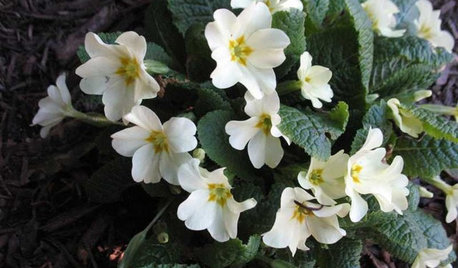
SPRING GARDENING7 Great Container Plants for Early-Spring Appeal
Good things sometimes come to those who impatiently head to the nursery for plants that can take a chill
Full Story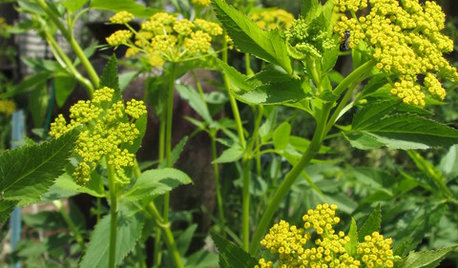
GARDENING GUIDESGreat Design Plant: Golden Alexanders for Early Spring Color
Get sunny flowers while other garden growers are still asleep, with this adaptable prairie plant beloved by butterflies
Full Story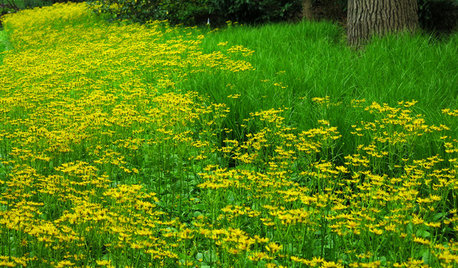
FALL GARDENING5 Native Early-Spring Bloomers to Plant This Fall
Think beyond tulips and daffodils this year with plants that you and native pollinators will love
Full Story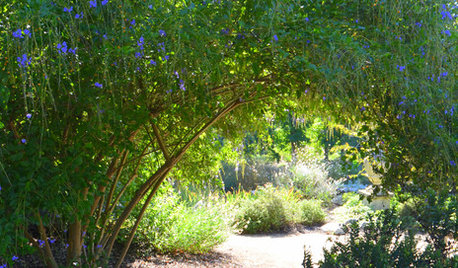
FLOWERS AND PLANTSHeat-Loving Duranta Erecta Blooms From Spring Into Early Fall
Golden dewdrops, a versatile tropical shrub, has delicate purple and white blossoms
Full Story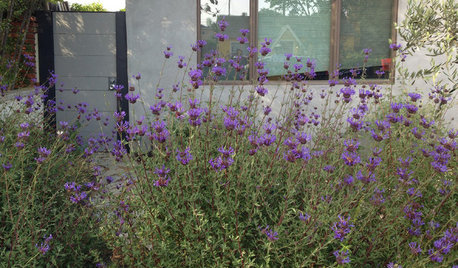
GARDENING GUIDES10 Late-Winter and Early-Spring Bloomers for the West
Tired of waiting for spring to arrive? Try these drought-tolerant, flowering plants for color that starts in late winter
Full Story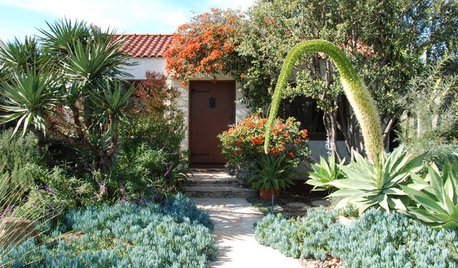
MY HOUZZMy Houzz: Early-California Style for a 1920s Home and Garden
Native plantings and flea market treasures fill the cozy live-work space of a Southern California landscape designer
Full Story
HOUZZ TV FAVORITESHouzz TV: See How Early Settlers Lived in This Restored Pilgrim House
Passionate restoration and preservation efforts give a 1665 home an honored place in the present
Full Story
TRADITIONAL ARCHITECTURESo Your Style Is: Early American
The people we know as Pilgrims set the style stage back in 1620
Full Story
HOLIDAYS5 DIY Holiday Gifts to Start Early
Handmade gifts for the home can be the most meaningful of all, but a rushed DIY project can bring on stress and mistakes
Full Story


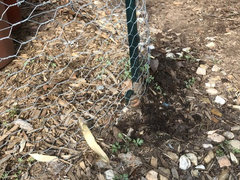
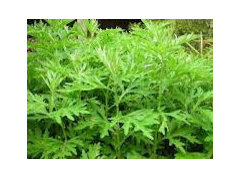
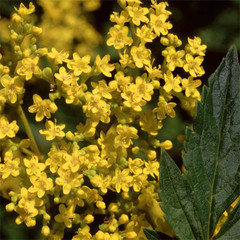

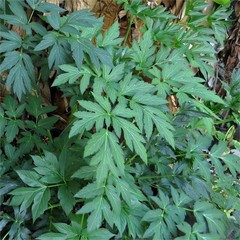



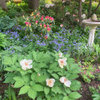
floral_uk z.8/9 SW UK